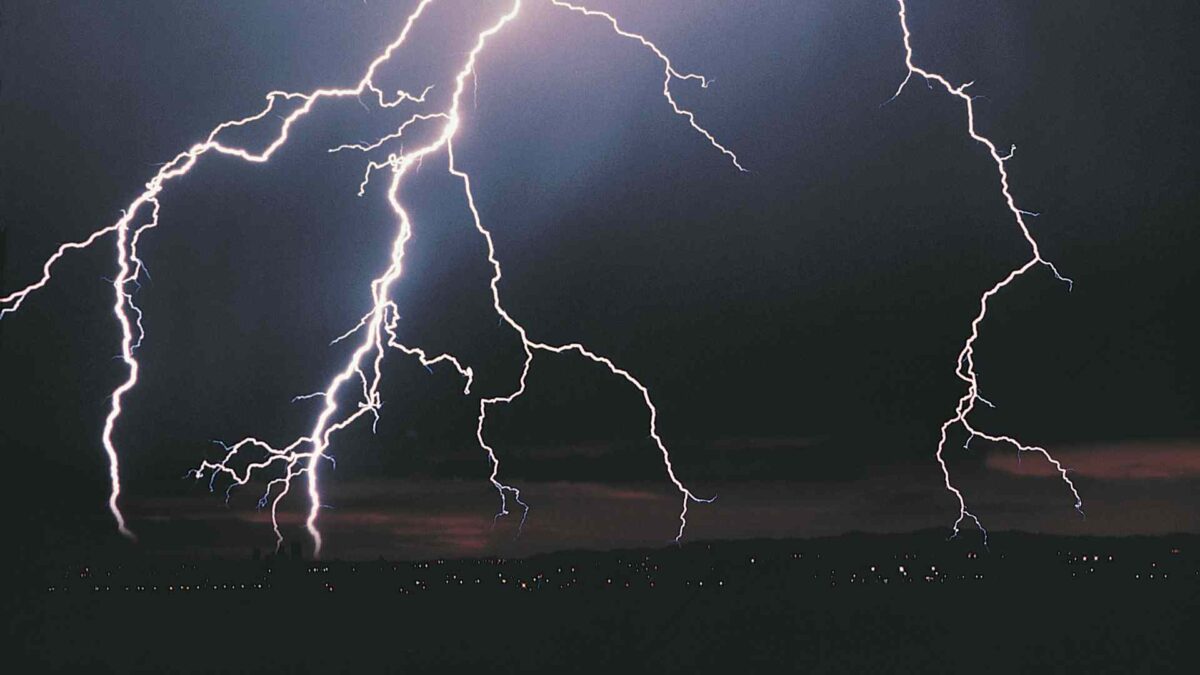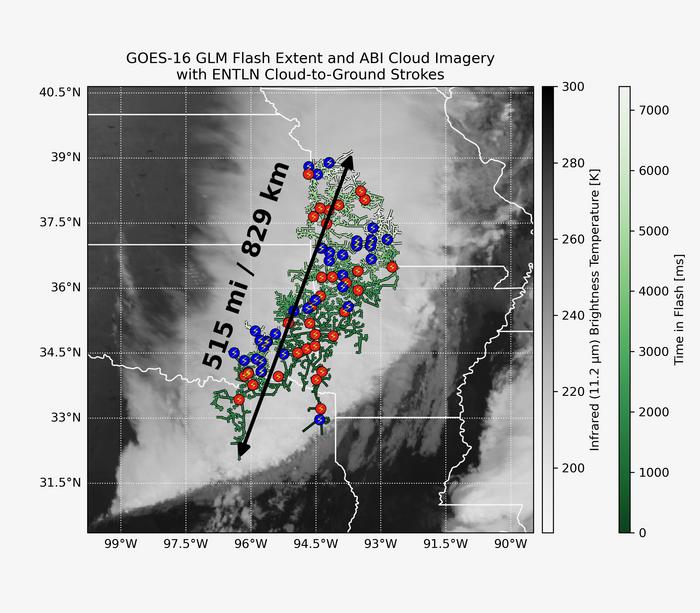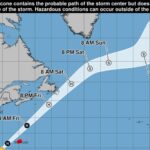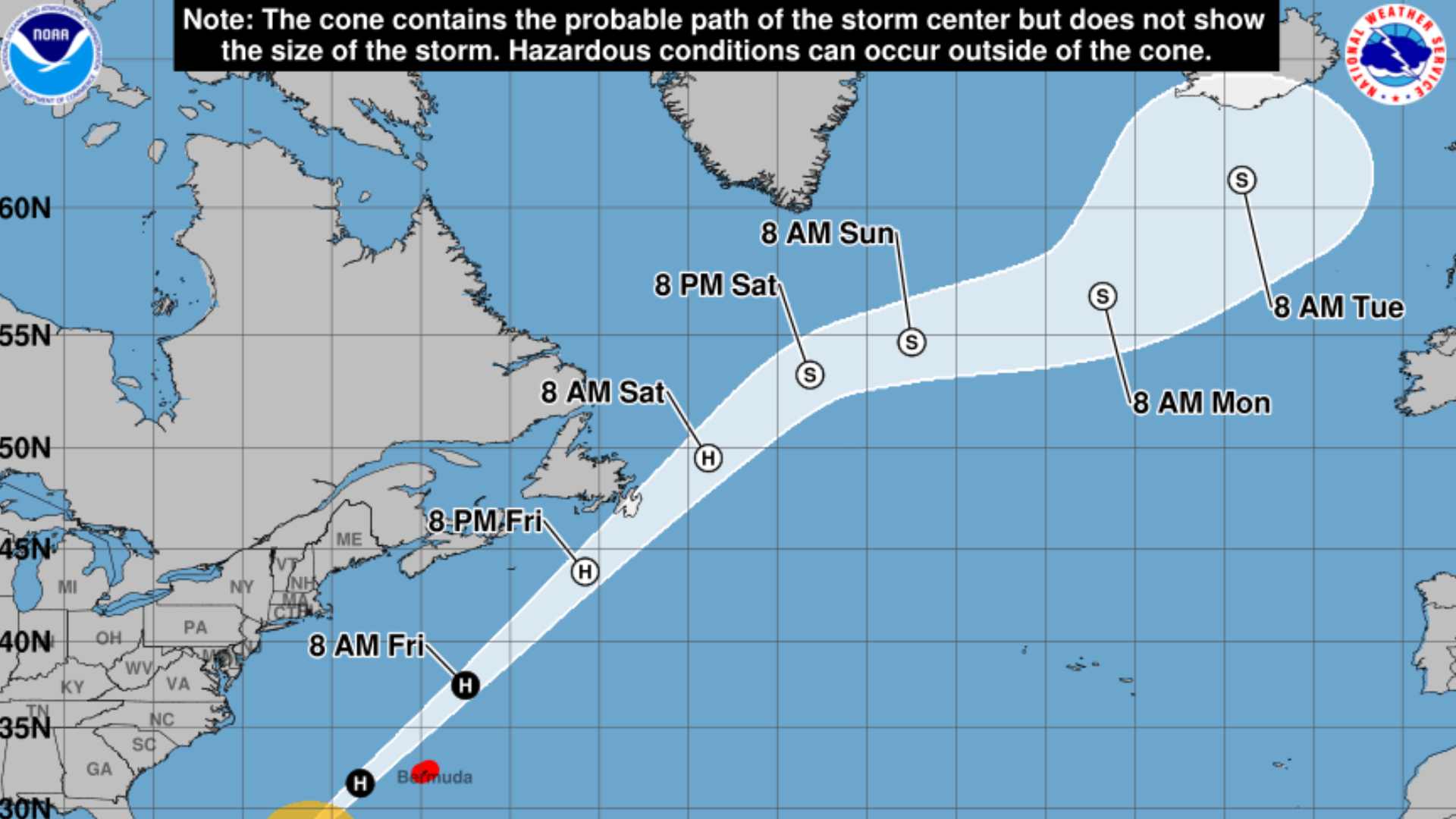
828km Lightning Bolt Sets New Global Record

A new world record has been confirmed for the longest single lightning flash ever recorded.
The bolt stretched 828 kilometres (515 miles) across the southern United States, from eastern Texas nearly to Kansas City. It occurred during a large thunderstorm in October 2017 and was only identified after a detailed review of satellite data.
The previous record of 768 kilometres (477 miles) was set during a storm in April 2020. The 2017 lightning event was detected using satellite-based instruments and has now been verified by the World Meteorological Organisation (WMO). The event involved a continuous electrical discharge moving across the sky, rather than a single bolt visible from the ground. This type of lightning is known as a megaflash.

What Is a Megaflash?
Most lightning flashes cover a distance of less than 16 kilometres (10 miles). When a lightning flash travels more than 100 kilometres, it is classified as a megaflash. These rare events occur during long-lasting and very large thunderstorms that can persist for over 14 hours and span hundreds of square kilometres.
Fewer than one percent of thunderstorms produce megaflashes. These flashes often generate five to seven cloud-to-ground strikes as they move horizontally through the atmosphere.
Satellites Transform Lightning Detection
Until recently, lightning detection relied on networks of ground-based antennas that measure radio signals from lightning bolts. Since 2017, geostationary satellites have made it possible to monitor lightning in real time over vast areas with high precision.
The GOES-16 satellite, operated by the US National Oceanic and Atmospheric Administration (NOAA), detects around one million lightning flashes each day. It was the first satellite of its kind to carry a geostationary lightning mapper. Similar lightning-detecting satellites are now operated by European and Chinese space agencies.
These advanced instruments can track lightning to the millisecond and determine the full horizontal and vertical extent of each flash. This has allowed scientists to identify extreme events that previously went unnoticed.
Lightning Safety Still a Priority
Although megaflashes like the 2017 event are rare and unlikely in Ireland’s climate, ordinary lightning strikes remain a serious danger. Lightning can strike more than 20 kilometres away from the centre of a thunderstorm, often before or after the storm itself appears to have passed.
In the United States, lightning kills between 20 and 30 people each year and injures hundreds more. Most injuries occur outside the peak of the storm when people may mistakenly assume the danger has passed.
The advice from experts is to follow the 30-30 rule during thunderstorms: if the time between a lightning flash and a clap of thunder is less than 30 seconds, seek shelter immediately. Do not resume outdoor activities until 30 minutes have passed since the last thunderclap.
Share this WeathÉire story:







